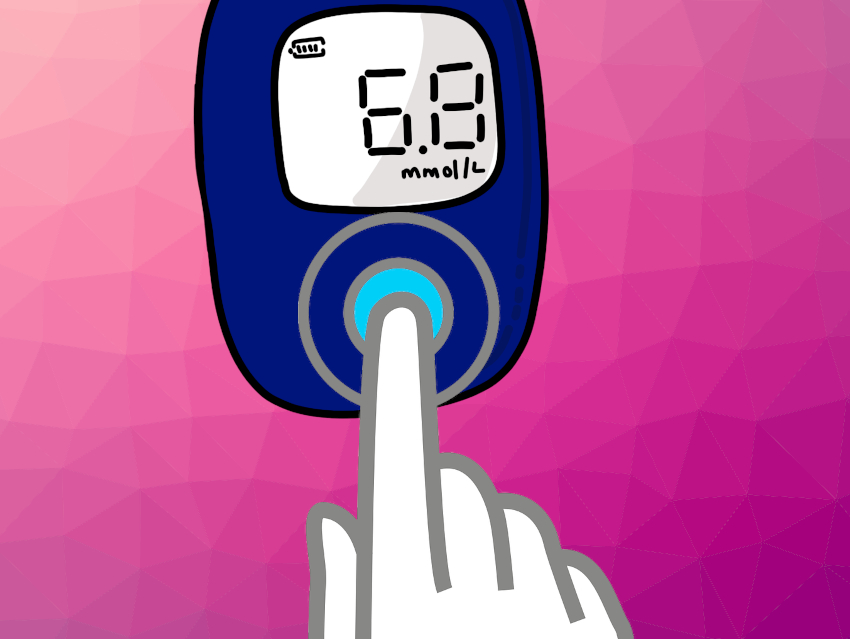Hundreds of millions of people worldwide have diabetes. Regular monitoring of blood glucose levels by the patients is an important part of managing this disease. Usually, this involves pricking a finger and testing the blood with a portable glucose meter. However, this process involves pain and can be inconvenient. Thus, it can prevent some patients from testing as often as they should. Reliable, non-invasive methods for glucose-level monitoring are a research target. Sweat is one possible bodily fluid that could be used for this, but obtaining the necessary sweat and establishing a good correlation between the glucose concentrations in sweat and blood glucose levels can be challenging.
Joseph Wang, University of California San Diego, La Jolla, USA, and colleagues have combined touch-based fingertip sweat collection with a personal algorithm for correlating sweat and blood glucose concentrations to build a reliable and user-friendly self-test. Fingertips have a high density of sweat glands and produce sweat at comparatively high rates. The team built their glucose sensor by placing a polyvinyl alcohol (PVA) hydrogel on top of an electrochemical sensor, which was screen-printed onto a flexible plastic strip.
When a fingertip is placed on the sensor’s hydrogel surface for one minute, the hydrogel absorbs tiny, but sufficient amounts of sweat. Inside the sensor, glucose in the sweat undergoes an enzymatic reaction involving glucose oxidase (GOx), which results in an electrical current that can be detected by a hand-held device. The researchers measured the blood sugar levels of volunteers, both with their new device and a standard finger-prick test, and then developed a personalized algorithm that can translate each person’s sweat glucose concentrations to their blood glucose levels.
The developed algorithm was over 95 % accurate in predicting blood glucose levels before and after meals. To calibrate the device, a person with diabetes would need a finger prick only once or twice per month. However, the method was tested with only a few volunteers, and according to the researchers, large-scale studies are needed before the sweat-based approach can be used to manage diabetes.
- Touch-Based Fingertip Blood-Free Reliable Glucose Monitoring: Personalized Data Processing for Predicting Blood Glucose Concentrations,
Juliane R. Sempionatto, Jong-Min Moon, Joseph Wang,
ACS Sensors 2021.
https://doi.org/10.1021/acssensors.1c00139




